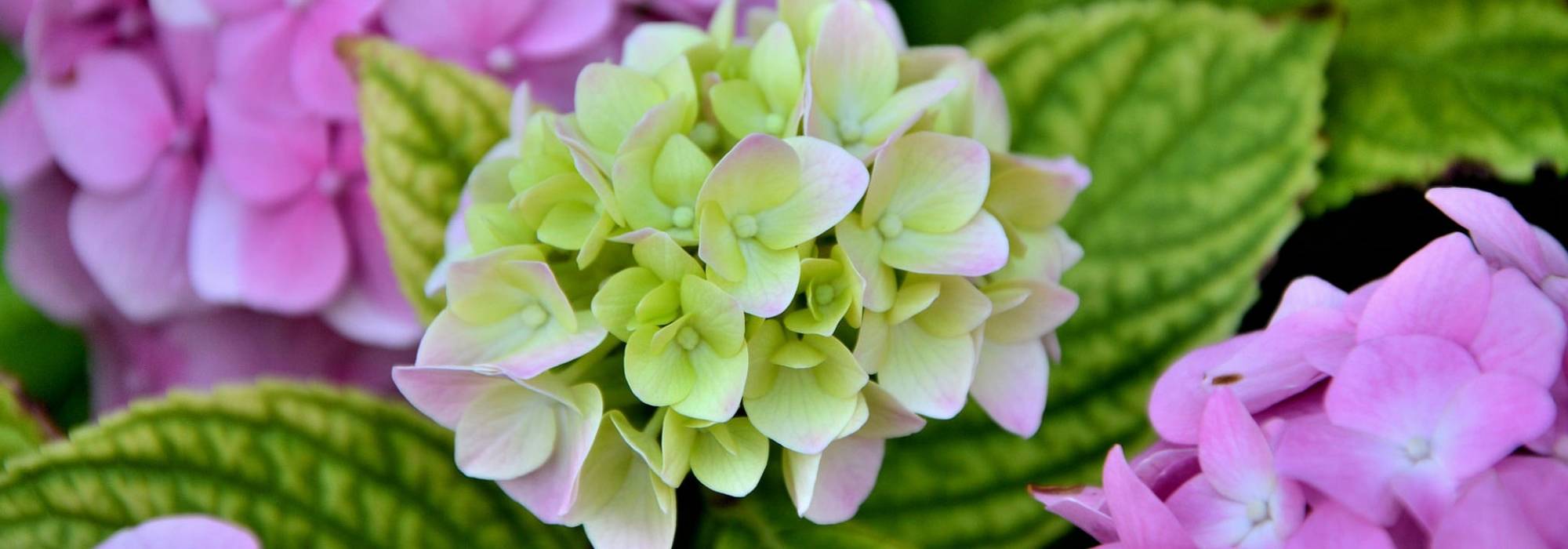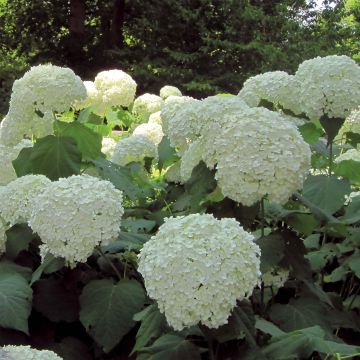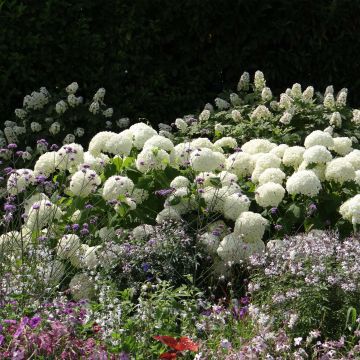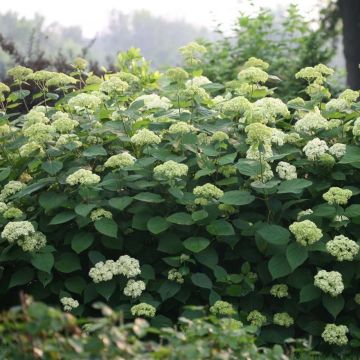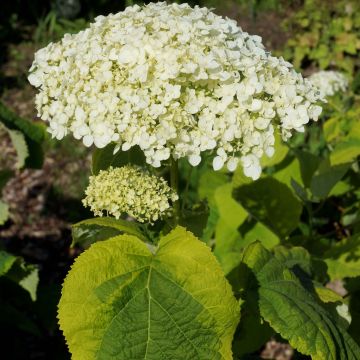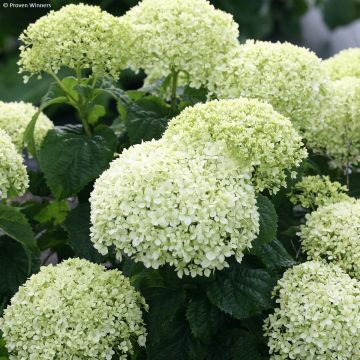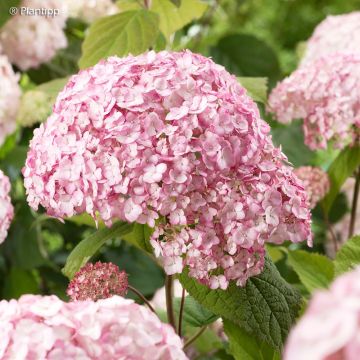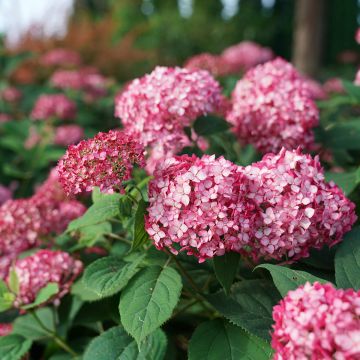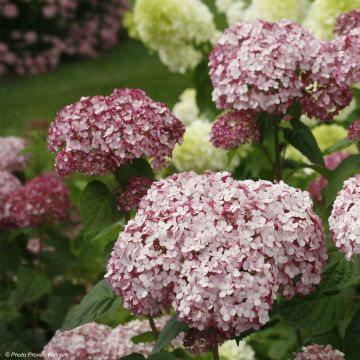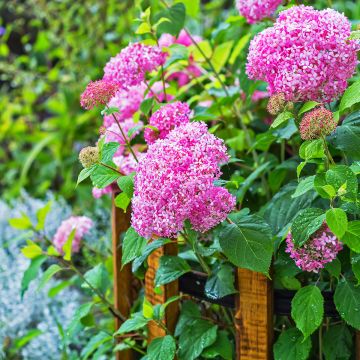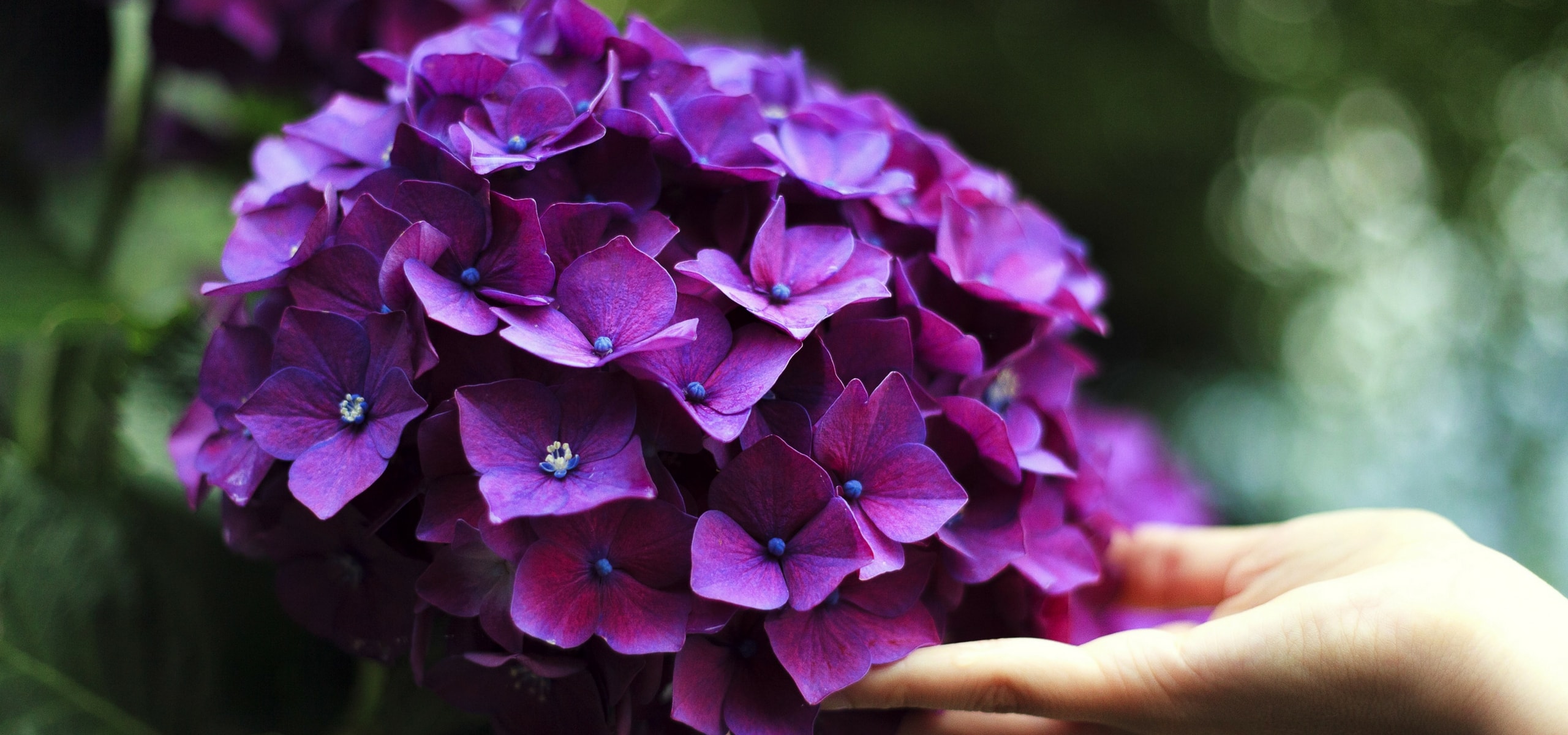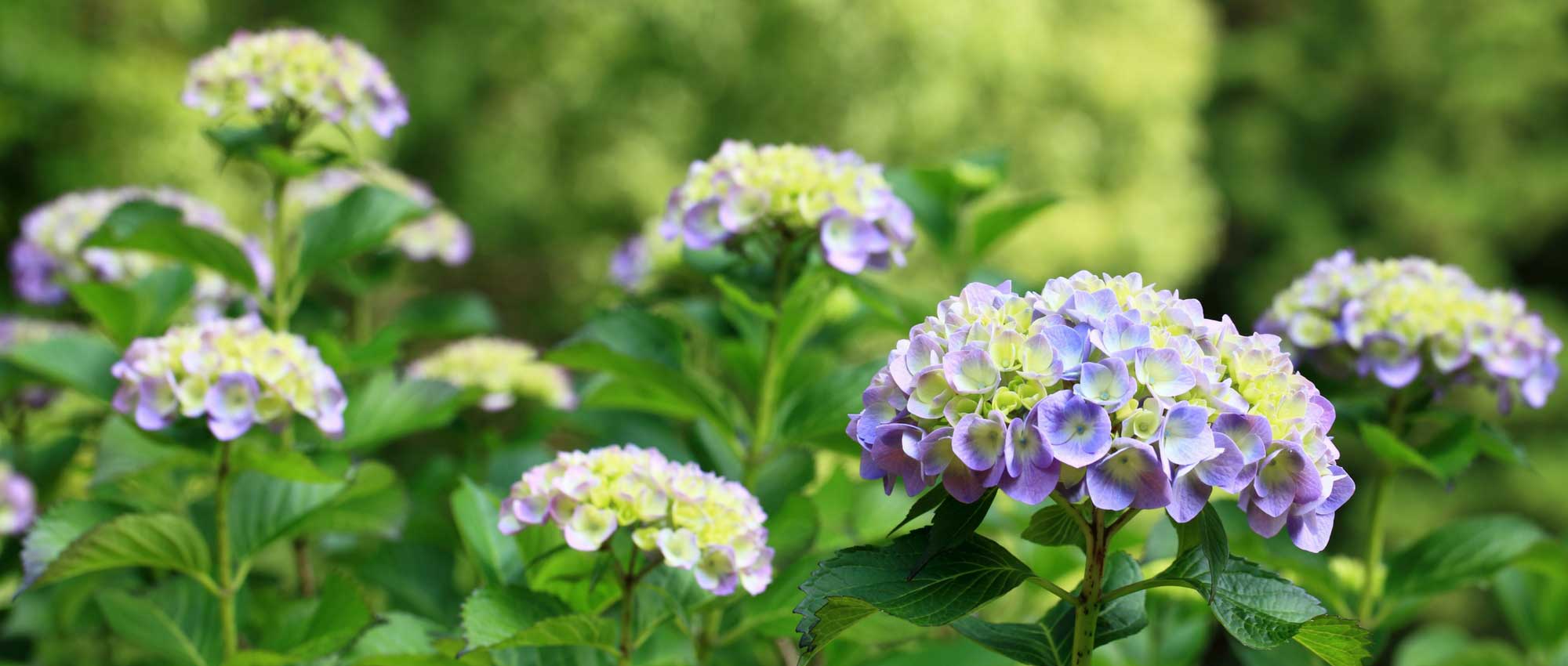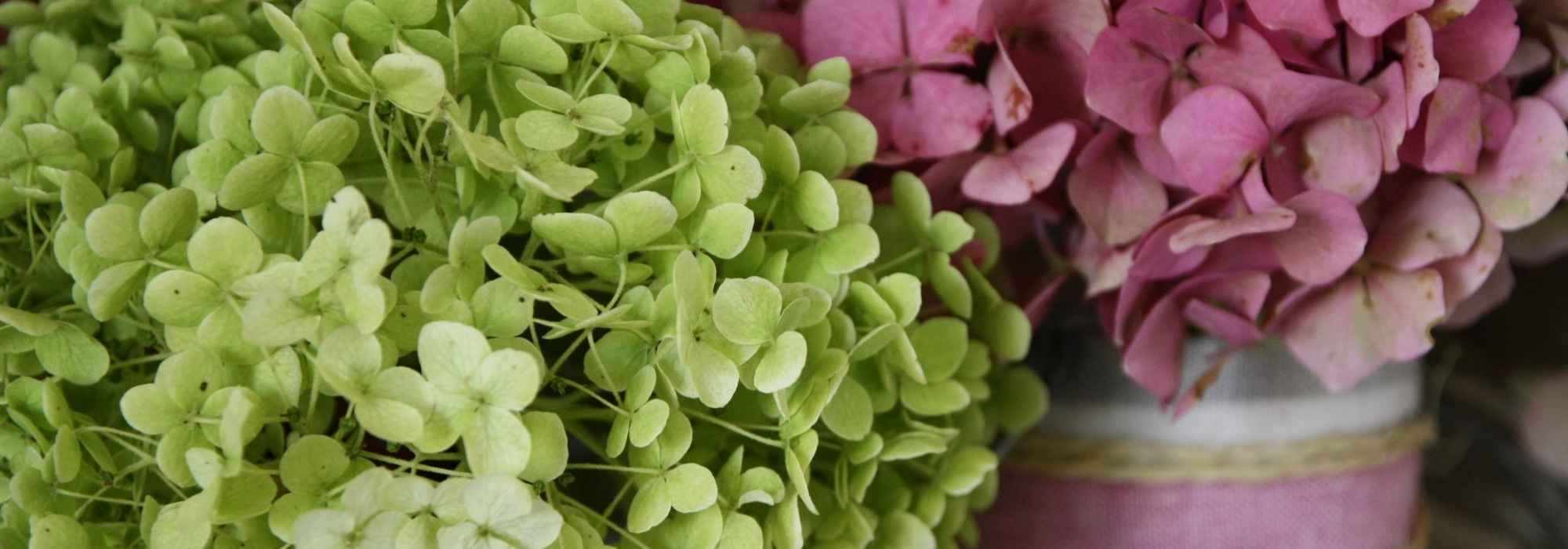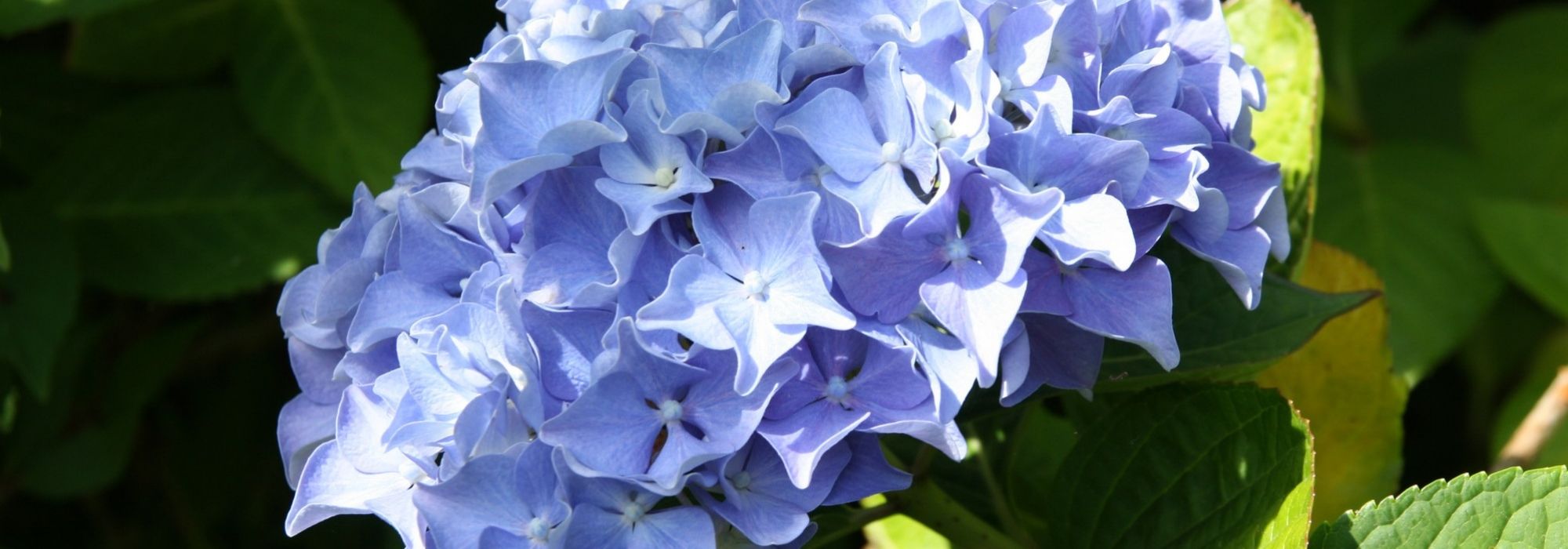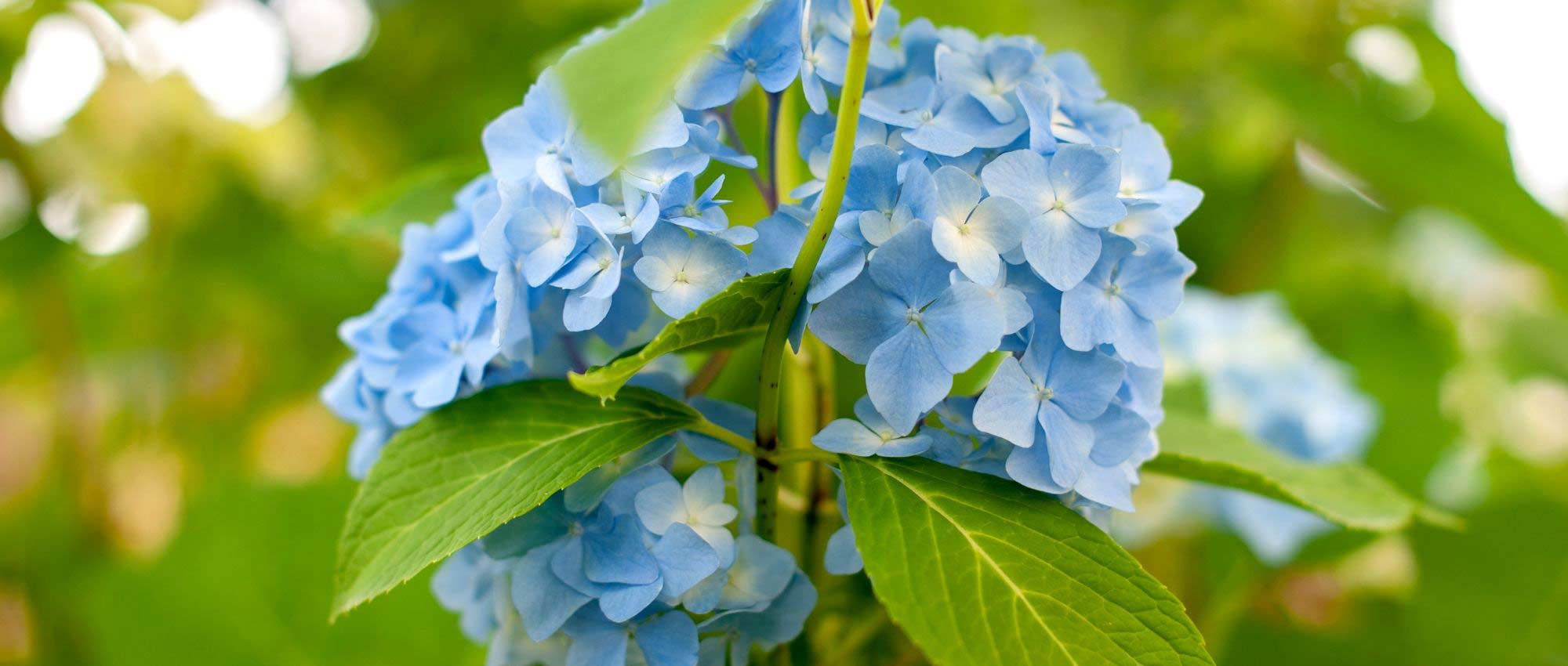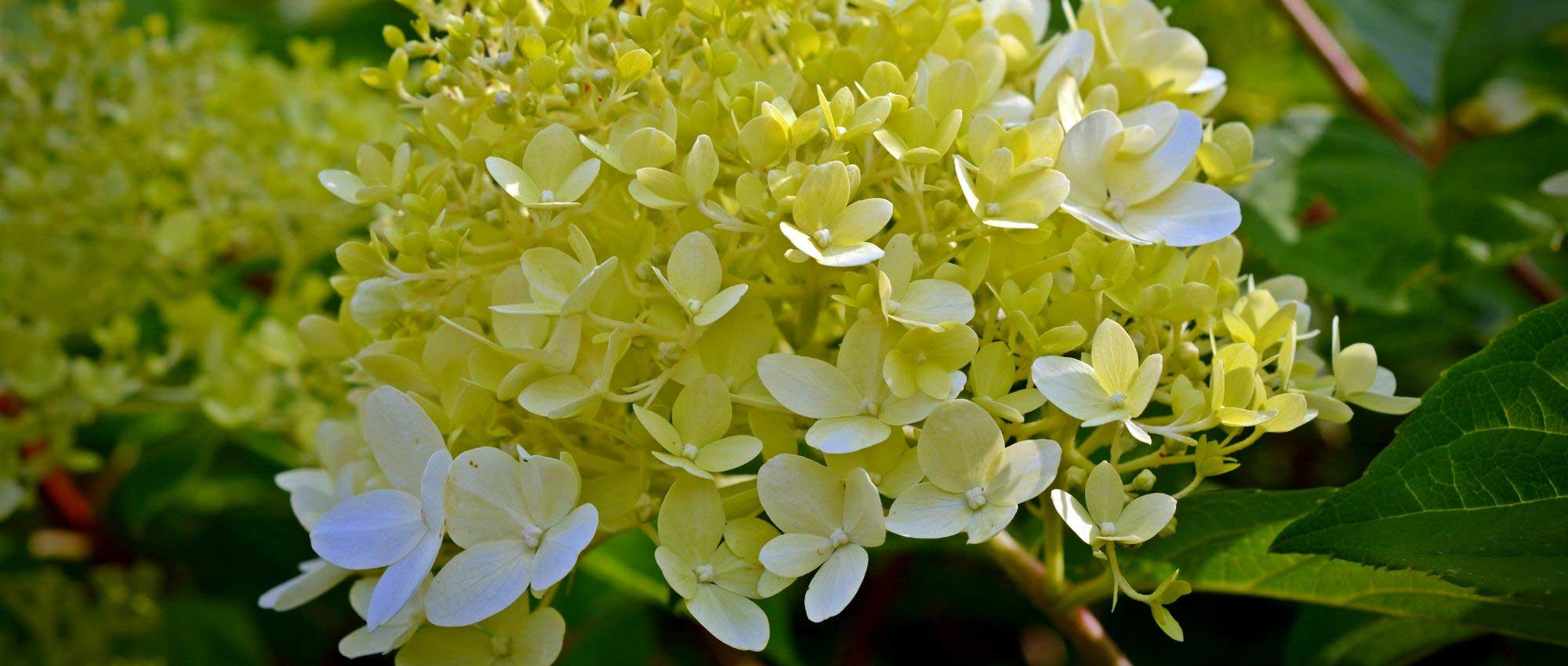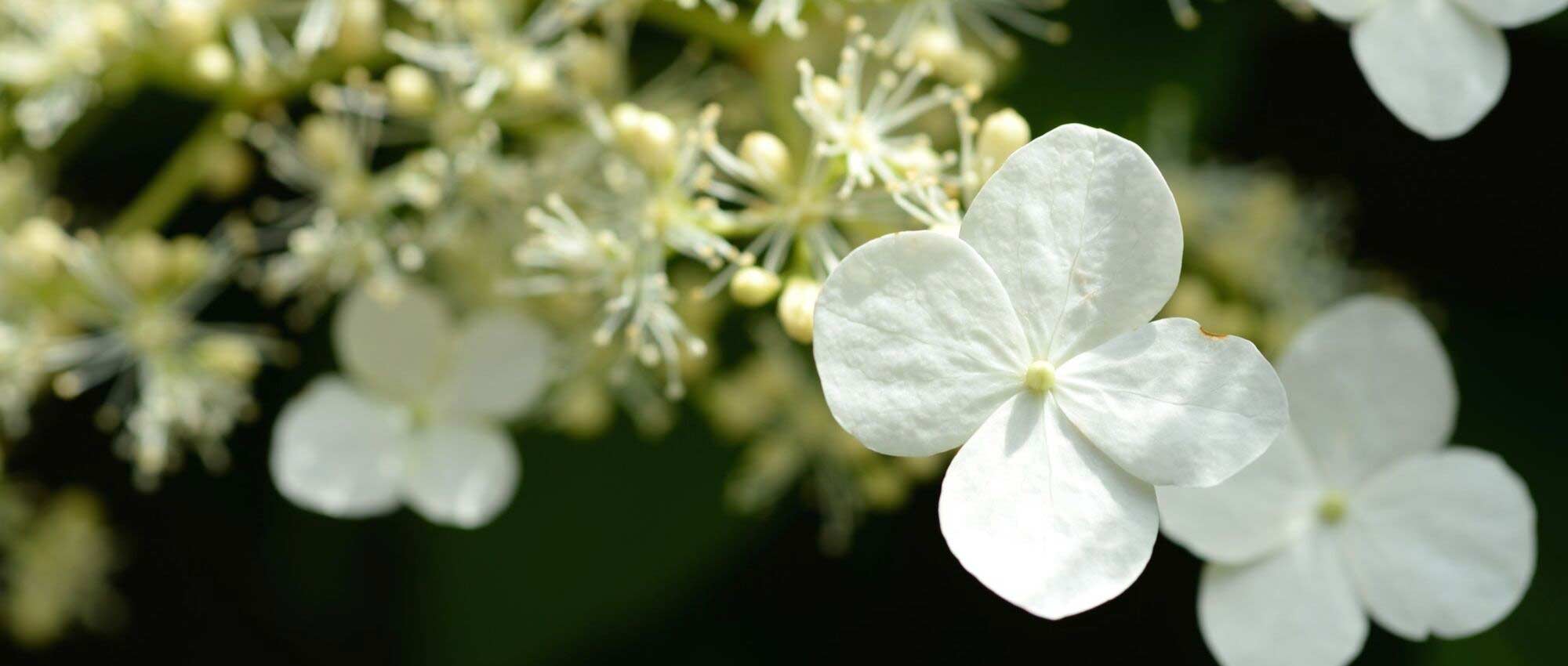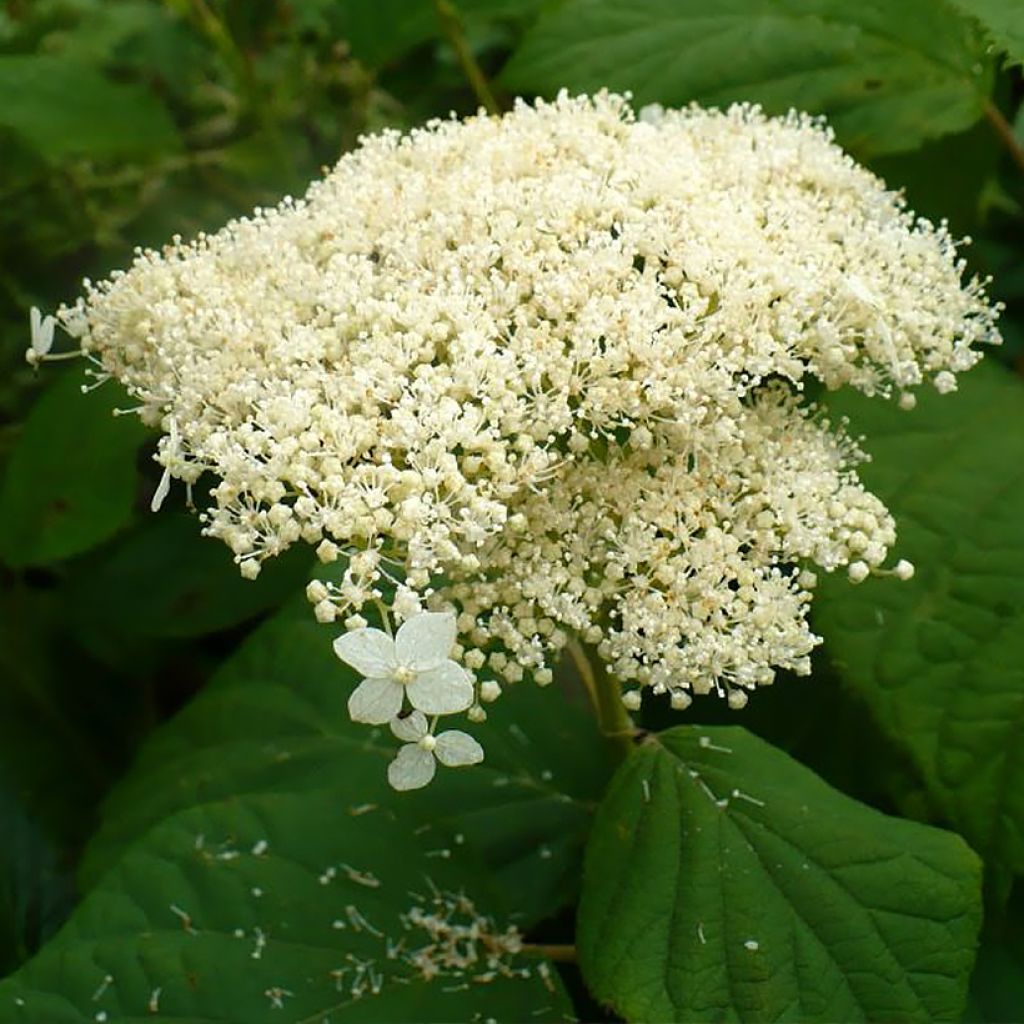

Hydrangea arborescens Hills of Snow
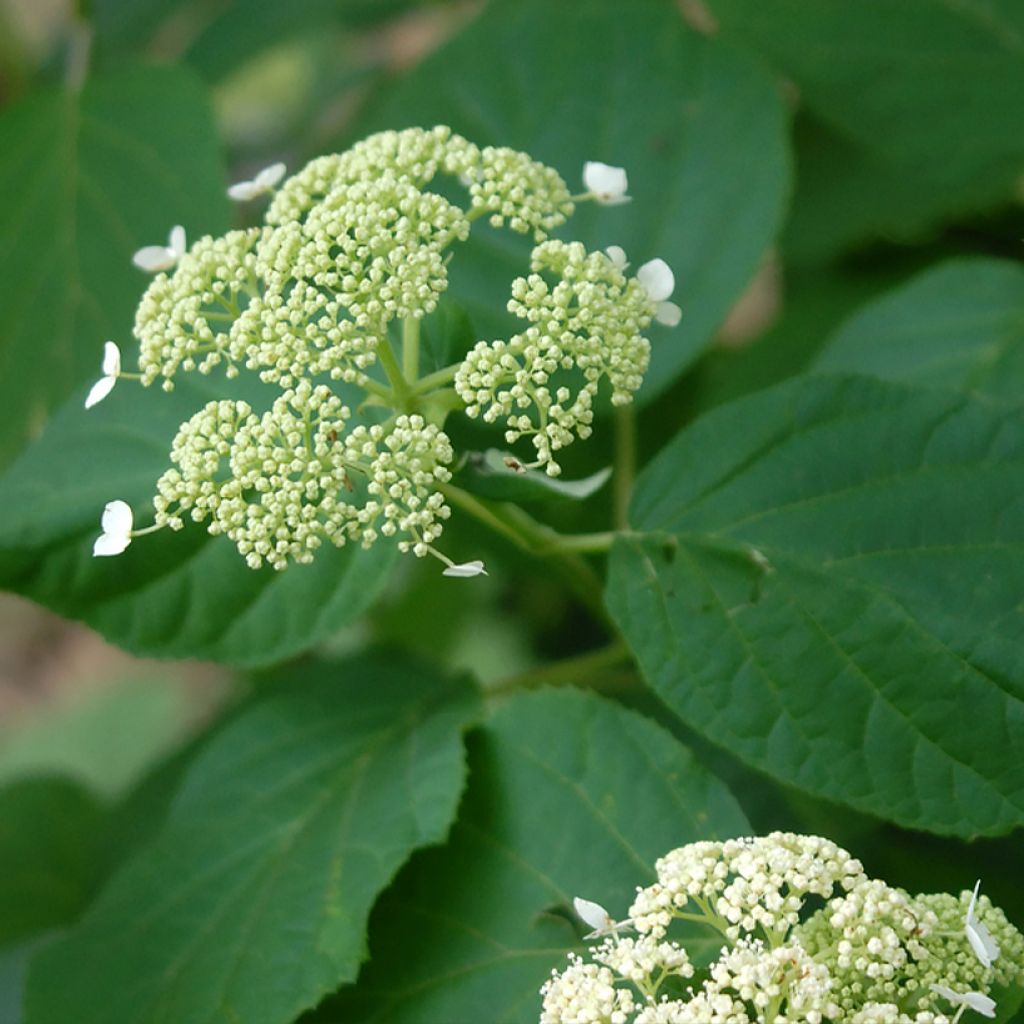

Hydrangea arborescens Hills of Snow
Hydrangea arborescens Hills of Snow
Hydrangea arborescens Hills Of Snow
Smooth Hydrangea, Wild Hydrangea, Sevenbark
Very beautiful hydrangea, planted and now looking forward to seeing its bright future. It's truly a marvel in the photo you provide.
Nath44, 18/09/2024
Special offer!
Receive a €20 voucher for any order over €90 (excluding delivery costs, credit notes, and plastic-free options)!
1- Add your favorite plants to your cart.
2- Once you have reached €90, confirm your order (you can even choose the delivery date!).
3- As soon as your order is shipped, you will receive an email containing your voucher code, valid for 3 months (90 days).
Your voucher is unique and can only be used once, for any order with a minimum value of €20, excluding delivery costs.
Can be combined with other current offers, non-divisible and non-refundable.
Home or relay delivery (depending on size and destination)
Schedule delivery date,
and select date in basket
This plant carries a 24 months recovery warranty
More information
We guarantee the quality of our plants for a full growing cycle, and will replace at our expense any plant that fails to recover under normal climatic and planting conditions.
Does this plant fit my garden?
Set up your Plantfit profile →
Description
Hydrangea arborescens 'Hills of Snow' is a variety close to the botanical species Hydrangea arborescens from which it originates. It is of medium size with a rapid growth rate. It is a natural-looking bush, which will be perfectly at home in an English cottage garden, or to create a romantic scene. Its medium-sized, slightly irregular, white inflorescences are relatively flat, far from the somewhat sophisticated big flower-balls of Hydrangea macrophylla. They last all summer, in sunny or semi-shaded situations. It is easy to grow and can grow in most soils, even if they are not acidic. It is a hardy bush.
Hydrangea arborescens, or Virginia hydrangea, belongs to the Hydrangeaceae family, which includes deutzia and philadelphus. This botanical species native to the Southeast USA is less demanding in terms of shade and soil than its Asian counterparts. It accepts full sun and does not require ericaceous soil, being satisfied with ordinary soil. Through hybridisation, it has created many varieties that prove to be excellent garden bushes, like the famous 'Annabelle', obtained in the U.S.A.
'Hills of Snow' is particularly interesting for its prolonged flowering, which is white, slightly fragrant, and decorative throughout summer. Its medium-sized inflorescences, with somewhat irregular contours, are made up of many narrow fertile flowers with a few sterile florets. It's the opposite of what is usually sought in Hydrangea macrophylla, the archetype of the usual image of a hydrangea. This 'Hills of Snow' variety forms a regular ball of about 1.6m (5ft) in all directions, with rapid growth. Its leaves are a tender green, quite large and numerous. Very hardy (-20°C (-4°F) and less). Its main requirement is soil that remains a little moist during the growing season. It needs to be pruned in late winter. Pruning does not harm flowering, as the flowers bloom on the current year's shoots.
If you like natural-looking and easy-to-grow hydrangeas in any good garden soil, 'Hills of Snow' is for you! It will match all spontaneous-looking plants that you can group in a mass, or on the edge of large trees. By playing on flowering times, you can create a decorative scene in all seasons. For winter, Chimonanthus praecox, with its extremely fragrant pale-yellow bells blooming before the leaves, will open the ball. It can be accompanied by Hamamelis intermedia 'Ruby Glow', with red thread-like flowers and foliage with a stunning autumn colour. In April-May, the white flowering of Amelanchier spicata will transition with that of our hydrangea, while remaining in a register of wild-looking plants. Because of its size, place the amelanchier in the background of 'Hills of Snow'. A Lavatera 'Burgundy Wine', with simple purple pink flowers, will create a happy colour contrast throughout the summer with this hydrangea.
Hydrangea arborescens Hills of Snow in pictures
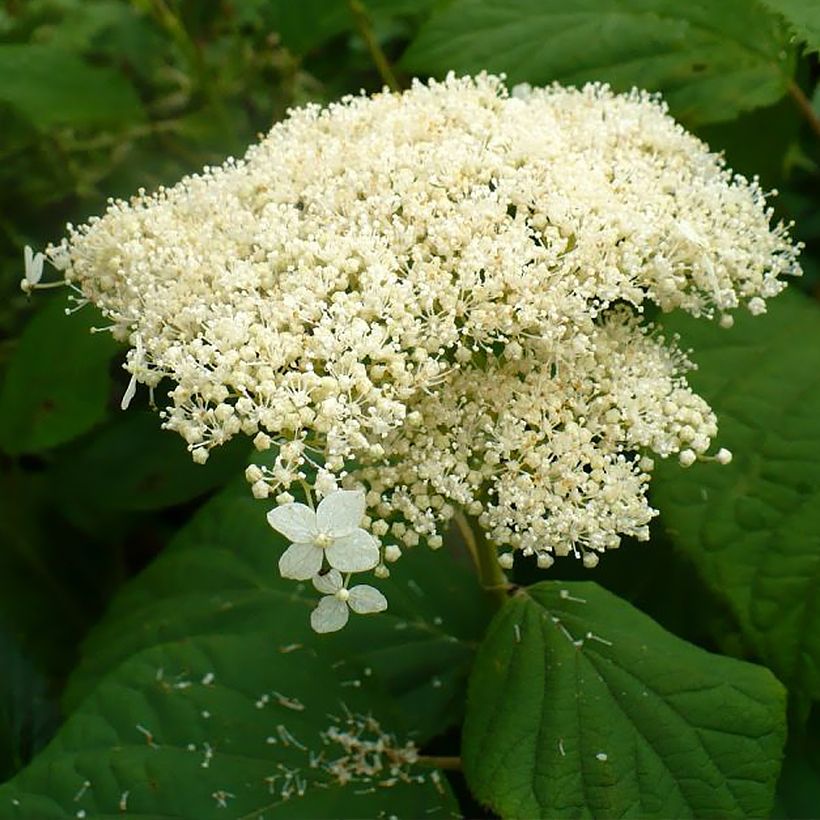

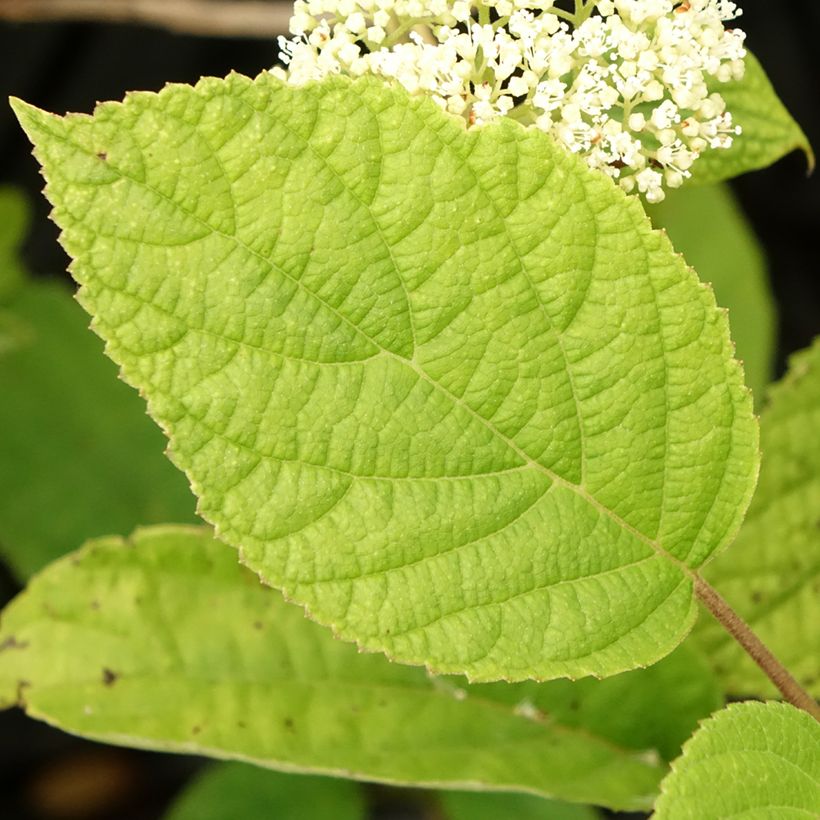

Plant habit
Flowering
Foliage
Botanical data
Hydrangea
arborescens
Hills Of Snow
Hydrangeaceae
Smooth Hydrangea, Wild Hydrangea, Sevenbark
Cultivar or hybrid
Other Hydrangea arborescens
View all →Planting and care
Plant in the sun or light shade in ordinary soil, preferably fertile and well-drained, that will not dry out in summer. This variety does not fear late frosts, as it continuously produces floral buds. Plant in deeply worked soil. A good base fertiliser (horn or dehydrated blood) will promote the establishment of your young plant and nourish it without risk of burning. The plant is perpetual, so you can cut the faded flowers regularly in summer. At the end of summer, leave the dried umbels on the plant, as they will protect the terminal shoots in winter. Remove the dry flowers at the end of February or at the first sign of warm weather.
Planting period
Intended location
Care
Planting & care advice
-
, onOrder confirmed
Reply from on Promesse de fleurs
Haven't found what you were looking for?
Hardiness is the lowest winter temperature a plant can endure without suffering serious damage or even dying. However, hardiness is affected by location (a sheltered area, such as a patio), protection (winter cover) and soil type (hardiness is improved by well-drained soil).

Photo Sharing Terms & Conditions
In order to encourage gardeners to interact and share their experiences, Promesse de fleurs offers various media enabling content to be uploaded onto its Site - in particular via the ‘Photo sharing’ module.
The User agrees to refrain from:
- Posting any content that is illegal, prejudicial, insulting, racist, inciteful to hatred, revisionist, contrary to public decency, that infringes on privacy or on the privacy rights of third parties, in particular the publicity rights of persons and goods, intellectual property rights, or the right to privacy.
- Submitting content on behalf of a third party;
- Impersonate the identity of a third party and/or publish any personal information about a third party;
In general, the User undertakes to refrain from any unethical behaviour.
All Content (in particular text, comments, files, images, photos, videos, creative works, etc.), which may be subject to property or intellectual property rights, image or other private rights, shall remain the property of the User, subject to the limited rights granted by the terms of the licence granted by Promesse de fleurs as stated below. Users are at liberty to publish or not to publish such Content on the Site, notably via the ‘Photo Sharing’ facility, and accept that this Content shall be made public and freely accessible, notably on the Internet.
Users further acknowledge, undertake to have ,and guarantee that they hold all necessary rights and permissions to publish such material on the Site, in particular with regard to the legislation in force pertaining to any privacy, property, intellectual property, image, or contractual rights, or rights of any other nature. By publishing such Content on the Site, Users acknowledge accepting full liability as publishers of the Content within the meaning of the law, and grant Promesse de fleurs, free of charge, an inclusive, worldwide licence for the said Content for the entire duration of its publication, including all reproduction, representation, up/downloading, displaying, performing, transmission, and storage rights.
Users also grant permission for their name to be linked to the Content and accept that this link may not always be made available.
By engaging in posting material, Users consent to their Content becoming automatically accessible on the Internet, in particular on other sites and/or blogs and/or web pages of the Promesse de fleurs site, including in particular social pages and the Promesse de fleurs catalogue.
Users may secure the removal of entrusted content free of charge by issuing a simple request via our contact form.
The flowering period indicated on our website applies to countries and regions located in USDA zone 8 (France, the United Kingdom, Ireland, the Netherlands, etc.)
It will vary according to where you live:
- In zones 9 to 10 (Italy, Spain, Greece, etc.), flowering will occur about 2 to 4 weeks earlier.
- In zones 6 to 7 (Germany, Poland, Slovenia, and lower mountainous regions), flowering will be delayed by 2 to 3 weeks.
- In zone 5 (Central Europe, Scandinavia), blooming will be delayed by 3 to 5 weeks.
In temperate climates, pruning of spring-flowering shrubs (forsythia, spireas, etc.) should be done just after flowering.
Pruning of summer-flowering shrubs (Indian Lilac, Perovskia, etc.) can be done in winter or spring.
In cold regions as well as with frost-sensitive plants, avoid pruning too early when severe frosts may still occur.
The planting period indicated on our website applies to countries and regions located in USDA zone 8 (France, United Kingdom, Ireland, Netherlands).
It will vary according to where you live:
- In Mediterranean zones (Marseille, Madrid, Milan, etc.), autumn and winter are the best planting periods.
- In continental zones (Strasbourg, Munich, Vienna, etc.), delay planting by 2 to 3 weeks in spring and bring it forward by 2 to 4 weeks in autumn.
- In mountainous regions (the Alps, Pyrenees, Carpathians, etc.), it is best to plant in late spring (May-June) or late summer (August-September).
The harvesting period indicated on our website applies to countries and regions in USDA zone 8 (France, England, Ireland, the Netherlands).
In colder areas (Scandinavia, Poland, Austria...) fruit and vegetable harvests are likely to be delayed by 3-4 weeks.
In warmer areas (Italy, Spain, Greece, etc.), harvesting will probably take place earlier, depending on weather conditions.
The sowing periods indicated on our website apply to countries and regions within USDA Zone 8 (France, UK, Ireland, Netherlands).
In colder areas (Scandinavia, Poland, Austria...), delay any outdoor sowing by 3-4 weeks, or sow under glass.
In warmer climes (Italy, Spain, Greece, etc.), bring outdoor sowing forward by a few weeks.






























